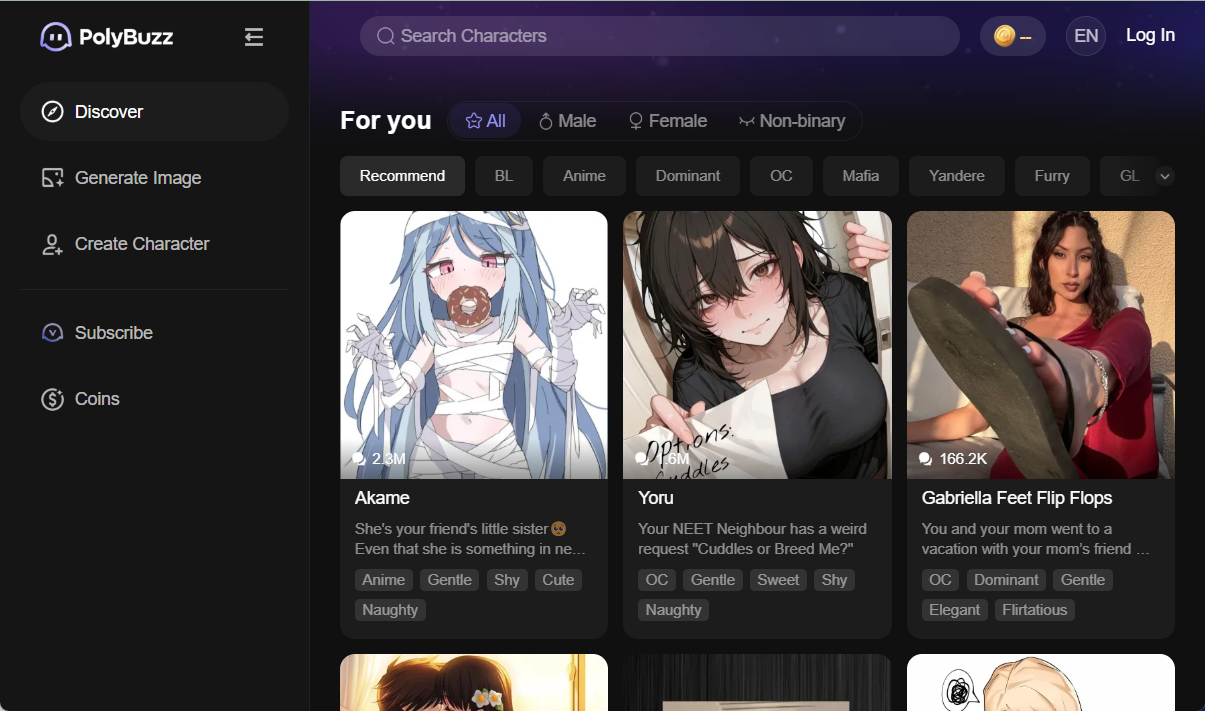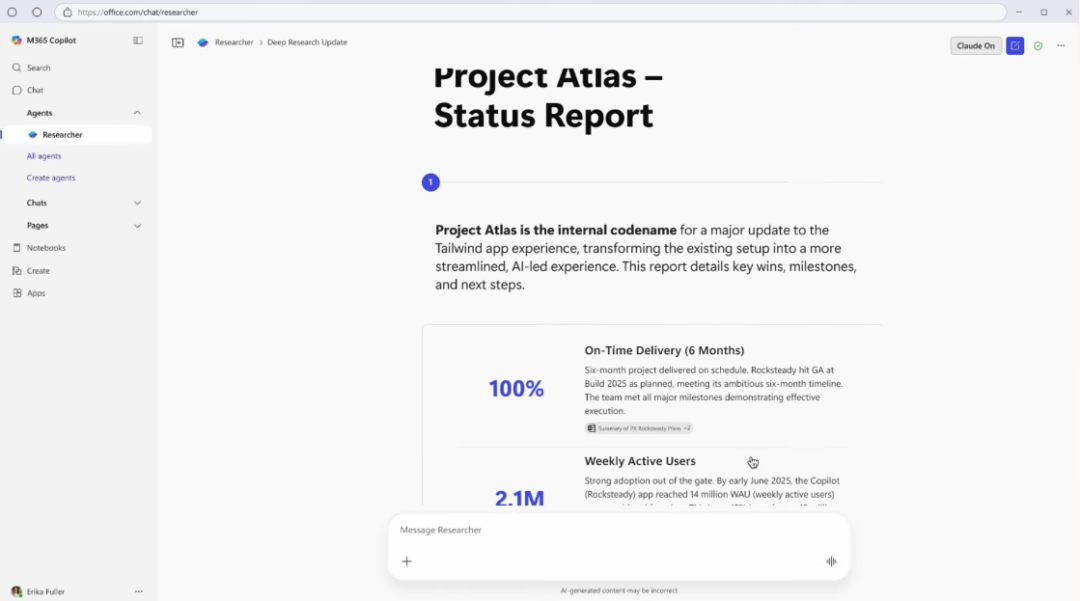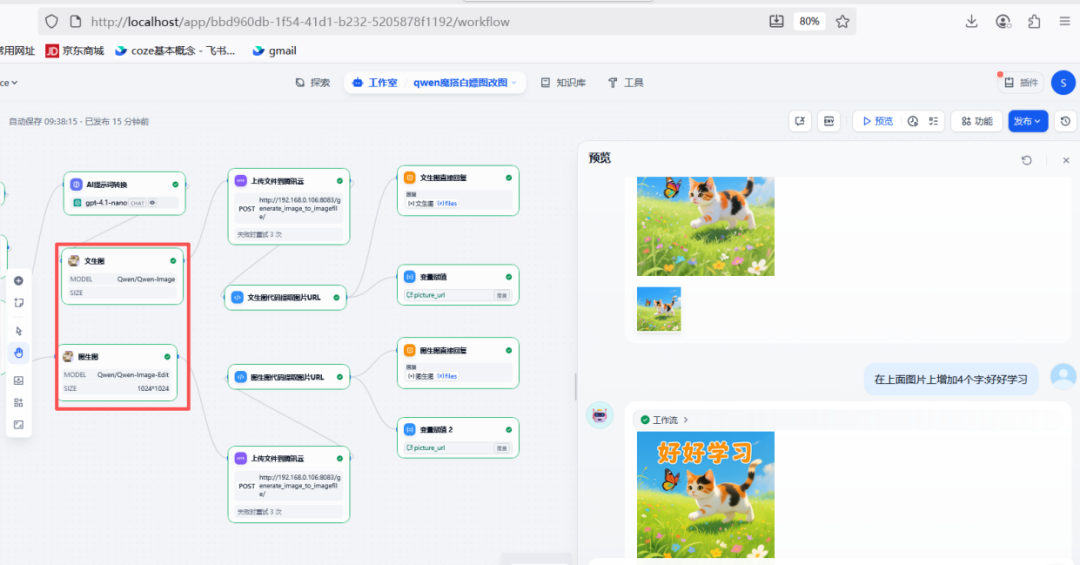Adaptive Mechanisms Explained
When the front-end elements of the site are changed, the system is used by themultilayer semantic understandingEnabling continuous monitoring:
1. visual feature extraction: AI recognizes visual patterning of buttons in terms of color, shape, relative position, etc.
2. Text Semantic Analysis: Even if the "Buy Now" button is changed to "Buy Now", functional consistency can still be understood through NLP.
3. interactive contextual memory: Record historical actions in the process (e.g., "just searched for a product") and intelligently predict the next target element.
Key Technology Breakthroughs
- Computer vision + DOM analysis fusion: Simultaneously parsing the visual presentation and code structure of a page, avoiding the vulnerability of pure CV solutions to style interference or pure DOM solutions to structural changes.
- Enhanced Learning Optimization: Accumulate data through continuous monitoring to continuously improve the accuracy of element localization (official data shows that the recognition success rate increased by 27% after 3 months of iteration)
- fault-tolerant decision tree: automatically try alternatives when the preferred path of action fails (e.g., click on the menu before finding the button vs. locating the button directly)
Practical application cases
After a SaaS platform underwent a navigation bar refactoring, traditional monitoring tools were completely disabled, while Flowtest.ai was still able to:
- Recognize the new portal through the gear graphic feature in the Settings icon.
- Match the old "Member Center" with the semantics of "User Management".
- Finalize the whole process of authentication from login to rights management
This answer comes from the articleFlowtest.ai: AI tool that simulates real visitors to monitor website functionality in real timeThe






























